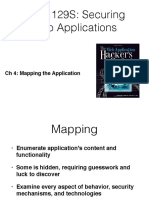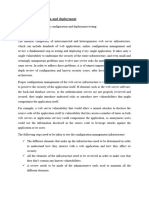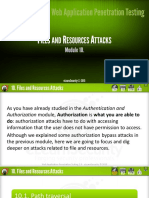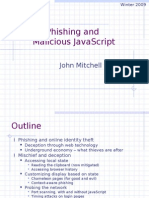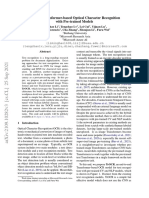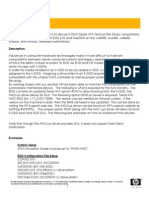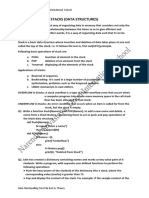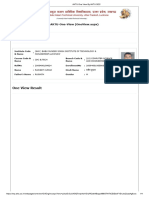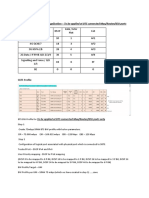0% found this document useful (0 votes)
37 views41 pagesLecture 2 - Web Application Mapping
The document discusses web application mapping techniques, focusing on enumeration methods to identify resources and functionality within web applications. It covers spidering, both automated and manual, as well as brute-force enumeration to discover hidden content and server misconfigurations. Additionally, it highlights the importance of analyzing user input and server-side information to enhance security assessments during penetration testing.
Uploaded by
cdtramontini2Copyright
© © All Rights Reserved
We take content rights seriously. If you suspect this is your content, claim it here.
Available Formats
Download as PDF, TXT or read online on Scribd
0% found this document useful (0 votes)
37 views41 pagesLecture 2 - Web Application Mapping
The document discusses web application mapping techniques, focusing on enumeration methods to identify resources and functionality within web applications. It covers spidering, both automated and manual, as well as brute-force enumeration to discover hidden content and server misconfigurations. Additionally, it highlights the importance of analyzing user input and server-side information to enhance security assessments during penetration testing.
Uploaded by
cdtramontini2Copyright
© © All Rights Reserved
We take content rights seriously. If you suspect this is your content, claim it here.
Available Formats
Download as PDF, TXT or read online on Scribd
/ 41
